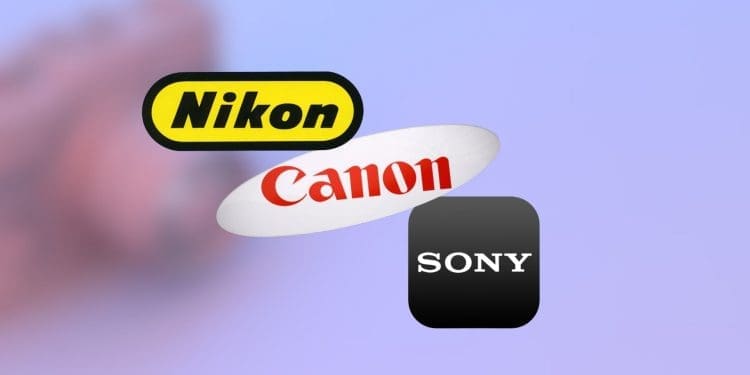- Major camera companies have created a new system to add digital signatures directly into photos from their high-end cameras to certify authenticity and combat deepfakes.
- The open standard Verify will embed tamper-resistant metadata like date, location and photographer details that can be checked online for free to authenticate images.
- This camera-based approach directly validates real photos rather than just detecting AI fakes, but widespread adoption and robust cryptography are needed for success.
As deepfakes become more prevalent, camera companies are devising a new system to combat forged images. Nikon, Sony, and Canon recently announced a joint initiative to embed digital signatures directly into photos taken with their high-end mirrorless cameras. This cryptographic data will certify the authenticity of images.
How Digital Signatures Will Work
The digital signatures will include key metadata like date, time, GPS location, and photographer details. The goal is to provide irrefutable proof of an image’s credibility for photojournalists, media professionals, and artists. The tamper-resistant signatures will remain even if edits are made, aiding efforts to combat misinformation and fraudulent use of photos online.
To support this system, the companies created an open standard called Verify. Once in place, photos taken with proper hardware can be checked online for free to determine authenticity. If an AI-generated photo tries to pass without an authentic signature, it will be tagged as having no credentials.
Challenges and Benefits
Like any watermarking technique, success depends on widespread adoption. More hardware makers must incorporate the standard, and the code must evolve to remain unhackable. However, hacking signatures from real photos is less problematic than removing watermarks from AI fakes. It loses attribution, not veracity.
This camera-based approach directly authenticates real photos rather than retroactively flagging AI content. It complements AI detection tools that remain imperfect. As deepfake technology advances, such authentication strategies are increasingly necessary.
Conclusion
By embedding cryptographic signatures at image creation, camera companies aim to help certify the authenticity of photos. This could aid the effort to combat forged media, though adoption and robust implementation remain key challenges.














